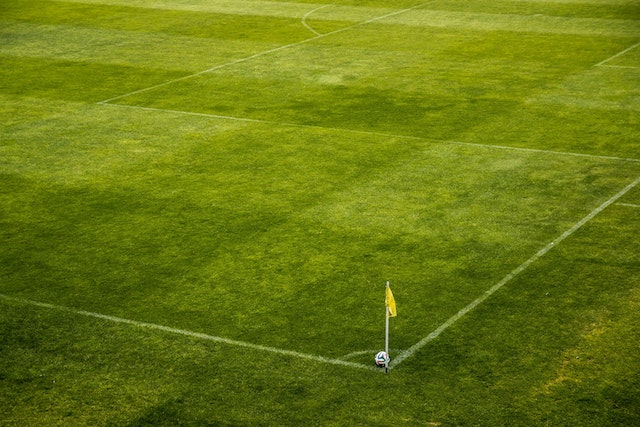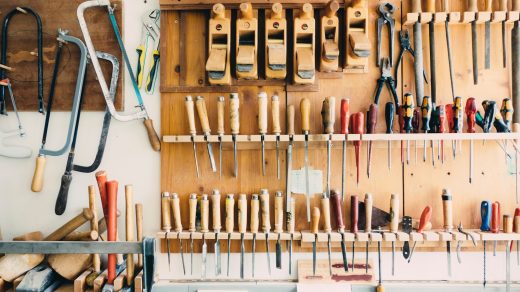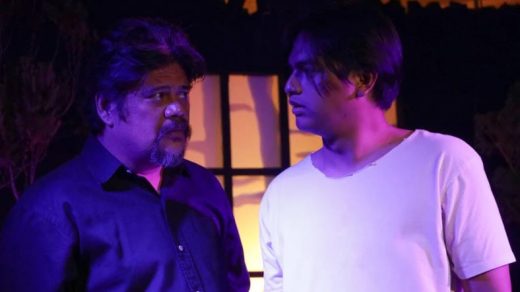Artificial turf, an innovative substitute for conventional grass, has encountered a rapid and widespread surge in favor across a diverse spectrum of environments. Its impeccable replication of natural grass, paired with an extensive array of pragmatic advantages, has incited a transformative shift in the realm of outdoor architecture. Extending from private residential lawns to expansive sports facilities and dynamic commercial areas, artificial turf has firmly solidified its position as a versatile and captivating solution that not only delivers aesthetic allure but also presents a host of utilitarian benefits.

Low Maintenance and Durability
Artificial grass represents a triumvirate of advantages, seamlessly integrating low maintenance, remarkable durability, and extended longevity into a single compelling feature. In stark contrast to the high demands of natural grass upkeep, artificial turf demands minimal care, alleviating property owners from the constant burden of maintenance. Moreover, its impressive resistance to wear and tear guarantees that it can endure heavy foot traffic, extreme weather conditions, and continuous usage without compromising its aesthetic allure.
This exceptional durability not only ensures a consistently appealing appearance but also contributes to its extended lifespan, positioning artificial turf as a sound investment for landscapes that prioritize enduring functionality coupled with reduced maintenance demands. By harmonizing these three key attributes, artificial turf offers a holistic solution that caters to a diverse array of needs – from residential lawns seeking year-round lushness to sports arenas requiring steadfast surfaces that can withstand rigorous activities.
Longevity
As landscapes evolve to align with contemporary lifestyles, this amalgamated advantage provided by artificial turf stands as a testament to its pivotal role in the future of outdoor design. Navigating the diverse climates of cities like Tulsa, Oklahoma City, and beyond, homeowners are continually exploring landscaping alternatives. In addition to customary plant arrangements, forward-thinking options such as artificial grass in Tulsa and other urban areas are being considered, as they offer the potential for easy upkeep while upholding the aesthetic of lush outdoor spaces.
Environmental Benefits
The environmental advantages inherent to artificial turf are remarkably wide-ranging. One of its significant contributions is its substantial influence on the preservation of water resources. Traditional lawns often impose a heavy demand for water, leading to excessive and often wasteful consumption. Opting for artificial turf offers a transformative solution by obviating the need for continuous irrigation, resulting in substantial and quantifiable reductions in water usage.
Furthermore, a distinct benefit lies in the absence of harmful chemicals, which not only ensures the preservation of local ecosystems but also serves to curtail the potential for soil and water contamination. This proactive strategy has the overarching objective of fostering a more robust and environmentally sustainable ecosystem.
Aesthetic Appeal and Versatile Applications
Artificial turf embodies the elegant convergence of aesthetic allure and exceptional versatility. Its perpetually appealing visual presentation rises above the inconsistencies associated with natural grass, ensuring a consistently lush and inviting appearance irrespective of the seasons. Yet, artificial turf’s value extends beyond its aesthetics, seamlessly integrating into a diverse array of contexts. Whether it’s the transformation of residential lawns into picturesque oases with minimal maintenance requirements or the provision of durable, visually pleasing surfaces for sports fields, playgrounds, and commercial domains, artificial turf’s adaptive nature knows no bounds.
This innate ability to harmonize visual appeal with functional adaptability positions artificial turf as an encompassing solution, effectively enhancing the visual aesthetics and pragmatic functionality of outdoor spaces while offering enduring performance and charme.
Health, Safety, and Cost-Effectiveness
Artificial turf seamlessly amalgamates aesthetic allure with versatile functionality. Its consistent visual appeal transcends the variability of natural grass, maintaining an evergreen appearance throughout the year. Beyond its captivating looks, artificial turf finds itself equally at home in a myriad of contexts. From transforming residential lawns into picturesque landscapes that require minimal maintenance to providing durable and attractive surfaces for sports fields, playgrounds, and commercial spaces, artificial turf’s adaptability lends itself to a diverse range of applications.
This dual characteristic of visual charm and functional adaptability positions artificial turf as a comprehensive solution for enhancing both the visual appeal and practical utility of outdoor spaces. Moreover, artificial turf prioritizes health and safety considerations, offering an allergen-free environment and a consistent surface that minimizes the risk of accidents. In terms of cost-effectiveness, while the initial investment might be higher, the long-term savings due to reduced maintenance costs and extended longevity make artificial turf a financially prudent choice.
Considerations and Limitations
Artificial turf, despite its numerous advantages, presents certain aspects for careful consideration. In areas characterized by elevated temperatures, artificial turf has the potential to retain heat, which could lead to discomfort when traversed, particularly during peak heat months. Nevertheless, ongoing advancements in cooling technology are actively mitigating this issue. Additionally, it’s noteworthy that the initial installation expense of artificial turf may exceed that of natural grass. However, it’s essential to recognize that when assessing the overall financial implications over the extended term, the decision to invest in artificial turf often demonstrates prudent foresight.
Conclusion
Artificial turf isn’t just landscaping; it’s a transformative approach to outdoor spaces. With low maintenance, durability, and eco-consciousness, it leads to modern landscaping. By conserving water, ditching chemicals, and staying inviting, it embodies sustainability. As eco-friendly trends grow, artificial turf offers visually captivating, low-maintenance, and eco-smart outdoor alternatives.




Recent Comments